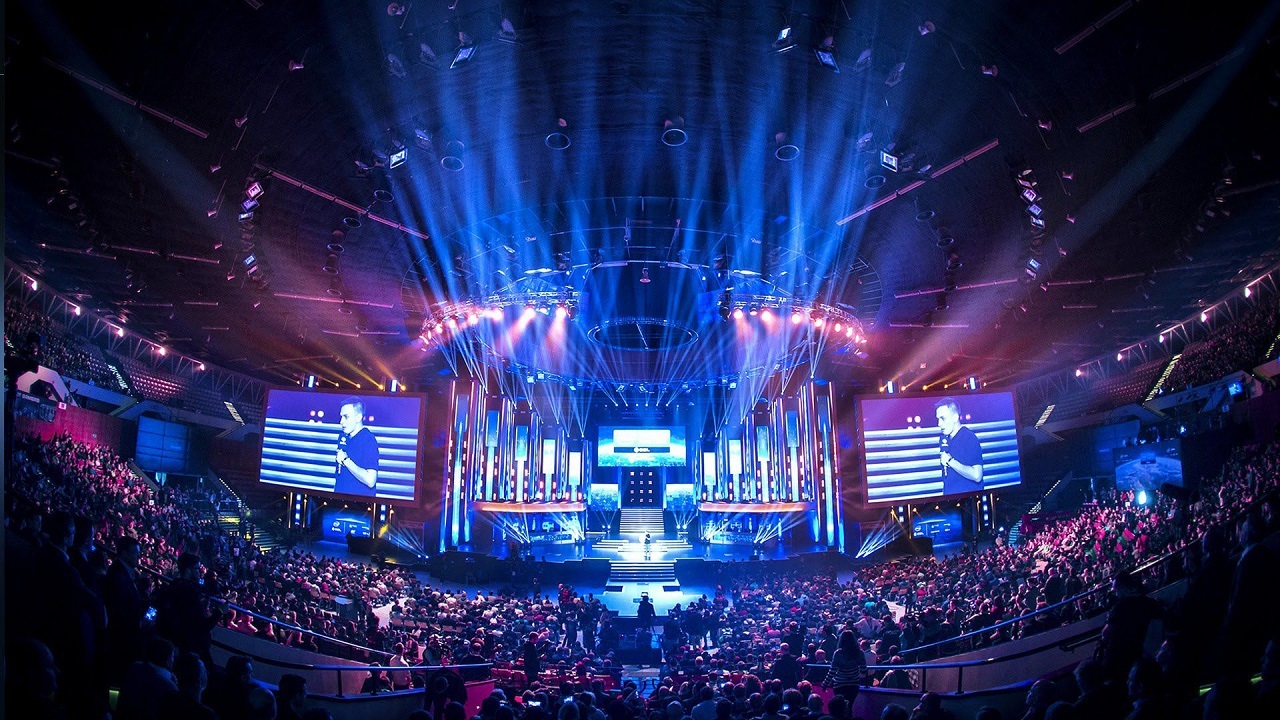The data from the study on sport Let’s Play 2022 from Deloitte e l’Interactive Software Federation of Europe show that theItalia remains one of reference European markets despite the general decline in users. Let’s find out all the details together.
Italy is the European reference market for Esports
The COVID period, burdened by protocol and restrictions, has brought a significant increase in users to engage more and more with gaming and with i esports content. With restrictions lifted, esports audience in Europe it almost halvedalthough the views data remains superior to pre-pandemic levels.
This is what emerges from the esports study”Let’s Play! 2022“, conducted by Deloitte and the Interactive Software Federation of Europe (ISFE). The study involved 53 industry experts on market trends e 14,000 European users on their habits and behaviors in the field of esports.
Frances TagliapietraDeloitte Technology, Media & Telecommunications Leader, ha affermato:
“It was predictable to imagine that the end of the restrictions dictated by Covid could affect the audience and the number of active users in esports. In 2020 and 2021, 15% of respondents in Europe said they watched esports at least once a week in the previous six months, a number that dropped to 8% this year. The lockdown periods have in any case given a strong boost to the diffusion and knowledge of esports”.
Other details
By comparing the knowledge and diffusion of esports among European markets, they emerge Significant differences compared to the speed of development of the sector in the continent. As already emerged from last year’s edition, the overall diffusion of esports is higher in Polandwhile the Spain establishes itself as the largest country for regular and paying spectators.
The data also reveal that Italy is the third country in Europe (after Poland and Spain) with the 24% of consumers which he claimed to follow at least once an esport event in the last six months. Of these, 8% watch esports occasionally and 6% regularly.
Moreover, in 2022 the level of knowledge of the term “esport” increased further among respondents. About 41% are in fact able to explain what is meant by the termten percentage points more than in 2020.
The usability of one wide variety of free content e you high quality plays a vital role in attracting audience. Despite the remarkable growth rates of recent years, however, only about 10% of those interviewed supported one spending related to esports content.
Little profitability: however, M&A activities continue to be high
As is the case with football clubs, for many professional esports teams, player and employee expenses make up around 45% of costs. Traditional sources of income such as sponsorshipi revenues from events eh prizes won in competitionson the other hand still make these teams unprofitable.
For this reason, companies are expanding the type of services they offer. The share of revenues from new services, such as content creation o consulting services e you agencyhas increased significantly from 15% of the previous year to 31% of 2022.
Furthermore, the strategic vision of companies is also changing. His goal is build a stronger foundation in terms of total revenue, number of fans e appeal of your offer. Among the main business objectives, esports teams have especially mentioned the revenue growth (80%) e the increase of the fan base and viewers (70%).
Since 2019, there have been 51 acquisitions of esports teams e devent organizers all over the world. Since the end of 2020, the sector has experienced M&A activity even more intensewith an average of four to five trades per quarter.













Leave a Reply
View Comments